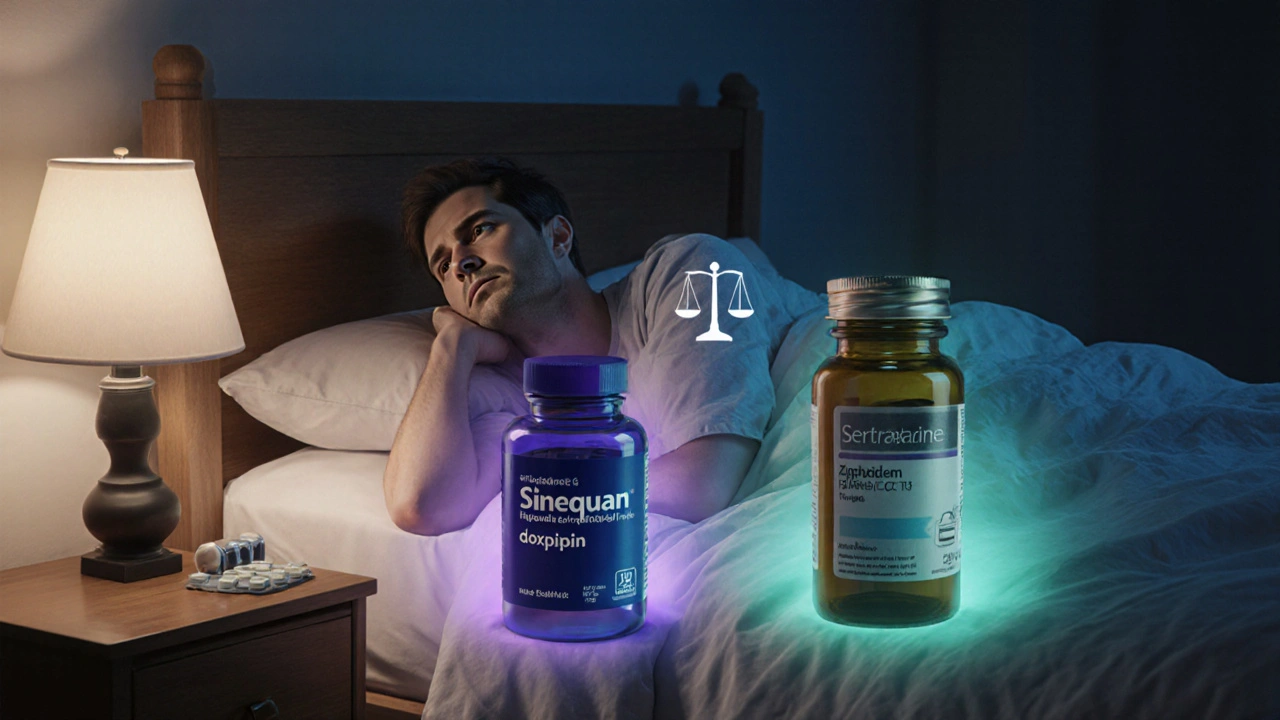If you’ve been offered a pill called a tricyclic antidepressant (or TCA), you probably wonder what makes it different from other mood meds. In plain terms, TCAs are an older class of drugs that boost serotonin and norepinephrine, two brain chemicals that help lift mood. They work well for many people, especially when the first‑line options don’t give enough relief.
Before you start, know that TCAs have a distinct side‑effect profile, and they interact with a bunch of everyday medicines. That’s why a clear plan with your doctor is essential. Below you’ll find the basics you need to feel confident about taking a TCA.
Doctors usually reach for TCAs when a patient has not responded to newer antidepressants such as SSRIs or SNRIs. They’re also a go‑to for certain anxiety disorders, chronic pain, and even migraine prevention. Because TCAs stay in the body longer, they can provide steady mood control once the right dose is found.
The most common TCAs you’ll hear about are amitriptyline, nortriptyline, imipramine, and clomipramine. Each has a slightly different dosing range, but the goal is the same: raise the levels of serotonin and norepinephrine enough to ease depressive thoughts without causing too many unwanted effects.
TCAs are known for a handful of side effects that can feel like a double‑edged sword. The most frequent are dry mouth, constipation, blurred vision, and mild dizziness when you stand up quickly. These happen because TCAs also block other receptors in the body, not just the mood‑related ones.
More serious concerns include heart rhythm changes and changes in blood pressure. If you have a history of heart problems, your doctor will likely run an ECG before starting a TCA. Also, TCAs can make you sleepy, so avoid operating heavy machinery until you know how the medication affects you.
Another important point is drug interactions. Over‑the‑counter antihistamines, certain pain relievers, and some antibiotics can boost TCA levels and increase side‑effect risk. Always tell your pharmacist about every medicine, supplement, or herb you’re taking.
When you first start a TCA, the dose is usually low – often half a tablet or less – and increased slowly over weeks. This gradual approach lets your body adjust and gives your doctor a chance to spot any problems early. Take the pill at night if it makes you drowsy; taking it with food can help reduce stomach upset.
If you miss a dose, take it as soon as you remember unless it’s almost time for the next one. In that case, skip the missed dose – don’t double up. Stopping a TCA abruptly can cause withdrawal symptoms like headache, irritability, or flu‑like feelings, so tapering under medical supervision is a must.
In summary, tricyclic antidepressants are a powerful tool for many people struggling with depression or chronic pain. They work by balancing brain chemicals, but they come with a set of predictable side effects and potential interactions. With careful dosing, regular check‑ins with your doctor, and an eye on how you feel, TCAs can be a safe part of your treatment plan.
Got more questions? Talk to your healthcare provider – they can tailor the dose, monitor your heart health, and help you navigate any other medicines you’re using. Armed with the right information, you can decide whether a TCA fits into your path to feeling better.

Compare Sinequan (doxepin) with other sleep‑aid and antidepressant options. Learn mechanisms, dosing, side‑effects, and how to pick the best alternative for your needs.
read more